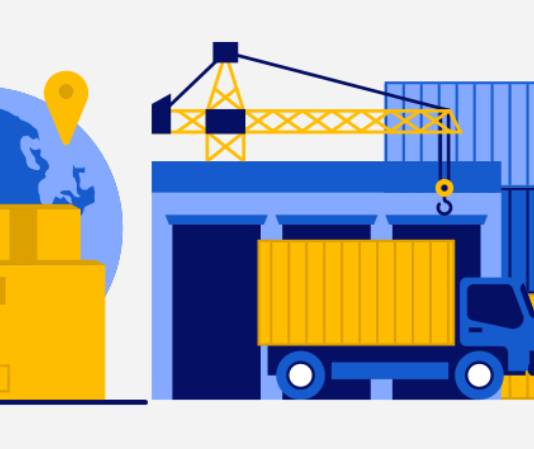
In my last blog, I talked about the questions on the use of spreadsheets for supply chain planning (SCP) and I tried to explain the limitations of spreadsheet modelling. Another common question I come across often is ‘why my standard ERP is not giving me the right plans for execution?’. Another variation of this question is ‘why my plans are not good enough for execution even when I have added an add-on SCP solution from my ERP vendor (APO for SAP R3, SCP for Oracle, etc).
Even during my executive career, I had experimented with ERP and when that didn’t satisfy my need, my ERP vendor told me that ERP assumes unconstrained supply capacity and I will need an add-on Supply chain planning (e.g. APO for SAP R3) to define my capacities and then the software will give me better planning. Though I got better plans, they were not implementable as they were not responsive to real-time changes in demand and supply situations. I now understand that this was because the ERP or the SCP add ons were not accurately modeling my physical supply chain and real-world constraints.
Based on my experience and further deeper research, I developed a better understanding of what is needed to make a better Supply Chain Planning decision and what are the limitations of ERP suites. These limitations are something very well covered by the best of breed solutions going into the depth of the business issue and providing a pointed solution.
Let me explain the 5 key limitations of these ERP suites and why we require Best of Breed Supply Chain planning solutions.
Some of these limitations are taken care by add on supply chain planner solution provided by ERP vendor, but they are still inadequate and does not provide –
A dedicated Digital Supply Chain planning solution like ADEXA, can seamlessly exchange data from ERP (as a replacement of SCP solution of the ERP vendor like SAP, Oracle, etc) and provide accurate and executable plans. It also has built-in ML/AI to continuously enhance the accuracy and can predict the future. It can build a lot of resilience in the system based on accurate data models and safeguard your supply chain against disruptions.
the fact is that ERP solutions don’t have a lot of planning data, and Adexa provides a Master Data Management solution that enriches the available data from ERP/MES solutions with planning specific data.
It is Time to change your paradigm towards e2e Supply Chain planning and adopt a best-of-breed solution like Adexa. In my next blog, I will talk about how we can transform our supply chain planning and execution to arrest leaking revenues and improve business performance.
Contact us! We are just a click away.